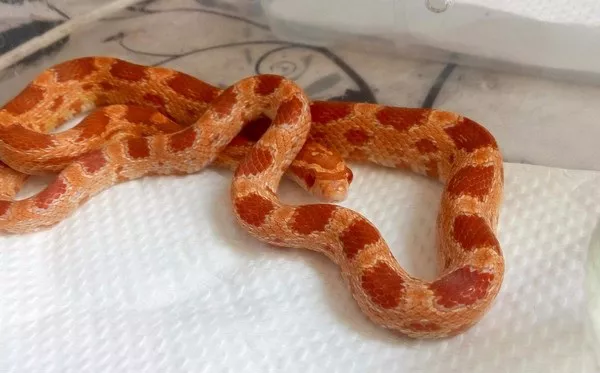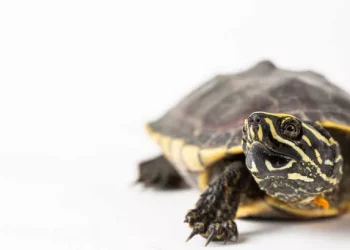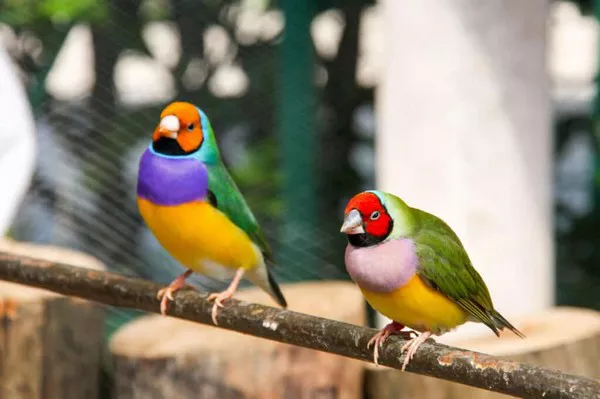Corn snakes (Pantherophis guttatus) are one of the most popular pet snake species in the United States. Known for their docile nature and vibrant coloration, they are often recommended for beginners. However, a common question among potential owners and snake enthusiasts is whether corn snakes bite and, if they do, whether those bites hurt. This article aims to explore this question in detail, discussing the anatomy of corn snakes, their behavior, bite mechanics, and the implications of bites for humans.
Understanding Corn Snakes
General Overview
Corn snakes are non-venomous constrictors native to the southeastern United States. They typically range from 2 to 6 feet in length, with the average adult measuring around 4 to 5 feet. Their coloration varies widely, with hues of orange, red, yellow, and brown, often featuring a pattern of dark blotches along their backs. This coloration helps them camouflage in their natural habitat, primarily consisting of forests, fields, and abandoned buildings.
Behavior and Temperament
Corn snakes are generally known for their calm demeanor. They are less likely to bite than other snake species, particularly if they are well socialized. Understanding their behavior can help prospective owners reduce the likelihood of bites.
Defensive Behavior: When threatened, a corn snake may exhibit a range of defensive behaviors, including hissing, coiling, or striking. These actions are typically warnings, and most snakes will retreat rather than bite if given the opportunity.
Habituation: Corn snakes can become accustomed to handling, which can minimize stress and the likelihood of defensive bites. Young snakes may be more prone to biting due to fear and unfamiliarity.
Bite Mechanics
Structure of the Corn Snake’s Mouth
Corn snakes have a unique set of adaptations that aid in their feeding habits. Their mouths contain several rows of small, backward-facing teeth designed to grip prey. These teeth are not designed to deliver venom; rather, they assist in holding onto struggling prey, which is then constricted to subdue it.
Teeth Configuration: Corn snakes have approximately 30-40 teeth in their upper jaw and a similar number in the lower jaw. These teeth can puncture the skin but are not designed to cause significant damage.
Bite Force: The bite force of a corn snake is relatively low compared to that of other species, particularly those that are venomous or have more robust jaw muscles. The force of a corn snake’s bite is more suited to gripping small rodents than causing serious harm to larger animals, including humans.
The Pain Factor
Do Corn Snake Bites Hurt?
The answer to this question is largely subjective, as pain tolerance varies from person to person. However, understanding the factors that influence the pain of a corn snake bite can provide a clearer picture.
Skin Penetration: While corn snake bites can draw blood, the damage is usually superficial. Their small teeth can create puncture wounds similar to those caused by a pinprick or a scratch. Most individuals report that a bite from a corn snake is more surprising than painful.
Bite Experience: Many owners and reptile enthusiasts describe their experiences with corn snake bites as minimal in terms of pain. While some may feel a brief sting or a sharp pinch, others might not feel any pain at all, especially if they are accustomed to handling snakes.
Psychological Aspect: The initial shock of being bitten can often amplify the perception of pain. Fear and anxiety may lead to a heightened sensitivity to the sensation. Once the initial reaction subsides, many individuals report that the bite does not hurt as much as they anticipated.
Factors Affecting Pain Perception
Individual Pain Threshold: Personal pain tolerance can significantly affect how one perceives the pain of a snake bite. Some individuals may experience a stronger sensation, while others may find the bite nearly imperceptible.
Location of the Bite: Bites on fleshy areas, such as the hand or forearm, may be more painful than those on tougher skin. The sensitivity of the skin and the amount of soft tissue in the area can play a role in pain perception.
Snake Size and Age: The size and age of the corn snake may also influence the severity of the bite. A larger, older snake may have a stronger bite than a juvenile, but even bites from adults are typically mild.
Healing and Aftercare
If bitten by a corn snake, the first step is to remain calm. Cleaning the wound is crucial to prevent infection. Here are some steps to follow:
Wash the Bite Site: Clean the area thoroughly with soap and water. This will help remove any bacteria introduced by the snake’s mouth.
Apply Antiseptic: After cleaning, apply an antiseptic ointment to reduce the risk of infection.
Cover the Wound: If the bite has broken the skin, cover it with a sterile bandage.
Monitor for Infection: Keep an eye on the bite site for any signs of infection, such as redness, swelling, or pus. If symptoms develop, seek medical attention.
Consult a Physician if Necessary: If the bite causes significant pain or swelling, or if there are any signs of an allergic reaction, consult a healthcare professional.
Comparisons to Other Pet Snakes
To further understand the nature of corn snake bites, it’s beneficial to compare them to bites from other popular pet snake species.
See Also: How Intelligent Are Corn Snakes?
Ball Python (Python regius)
Ball pythons are also known for their docile temperament but can exhibit more defensive behavior than corn snakes. Their bites may be more painful due to their larger size and stronger bite force, although they are still considered non-venomous.
King Snake (Lampropeltis spp.)
King snakes, while generally calm, are more likely to bite when provoked. Their bites can be more severe than those of corn snakes due to their larger teeth and stronger jaws, leading to a more painful experience.
Boa Constrictor (Boa constrictor)
Boa constrictors are larger and can deliver a more powerful bite. Their bites may require medical attention more often than those of corn snakes, as they can cause more significant damage.
Preventing Snake Bites
To minimize the risk of bites, it is essential to understand the triggers and to engage in safe handling practices.
Understanding Triggers
Feeding Response: Many bites occur during feeding time when snakes may confuse hands with prey. Always handle snakes carefully and avoid reaching into enclosures during feeding.
Stress and Handling: Snakes may become stressed from excessive handling or sudden movements. It’s important to approach them calmly and allow them to acclimate to their environment.
Safe Handling Techniques
Support the Body: Always support the entire length of the snake’s body while handling to provide a sense of security.
Avoid Quick Movements: Sudden movements can startle the snake and provoke a defensive bite. Move slowly and deliberately.
Recognize Body Language: Learn to read your snake’s body language. Signs of stress, such as coiling, hissing, or a raised head, indicate that it may be time to put the snake back in its enclosure.
Proper Handling Frequency: Limit handling sessions to reduce stress, especially for young or newly acquired snakes. Gradually increase handling time as the snake becomes more accustomed to you.
Conclusion
In summary, corn snake bites are generally not painful and are often more surprising than harmful. Their bites can cause superficial wounds that typically heal quickly without medical intervention. Understanding the nature of these snakes and adopting proper handling techniques can significantly reduce the risk of bites. With proper care, corn snakes can make excellent pets, offering companionship and intrigue without the fear of painful bites.
By fostering a positive environment and respecting their behavioral cues, owners can enjoy a fulfilling relationship with these fascinating reptiles. Whether you’re a seasoned herpetologist or a first-time snake owner, corn snakes offer a unique opportunity to connect with the natural world in your home.
Related Topics:


























